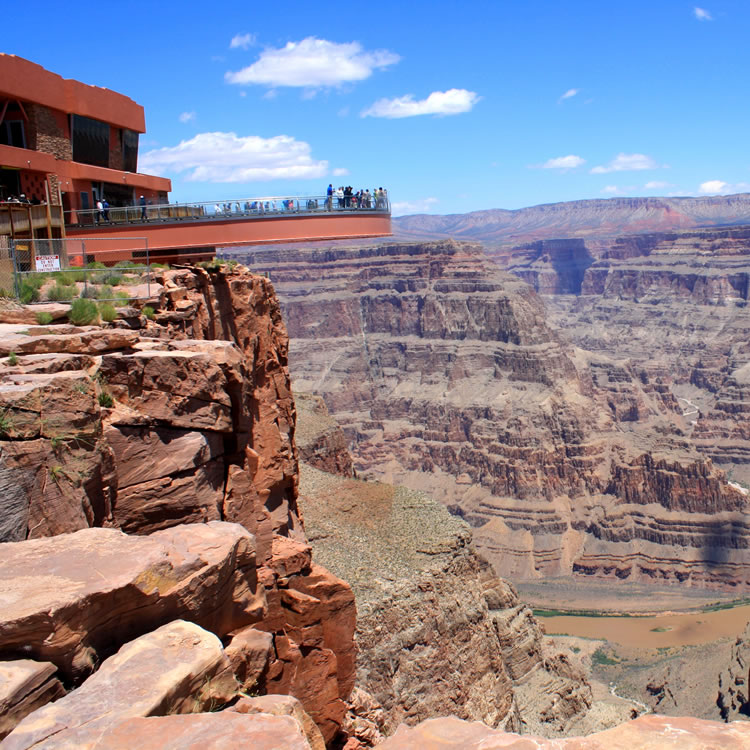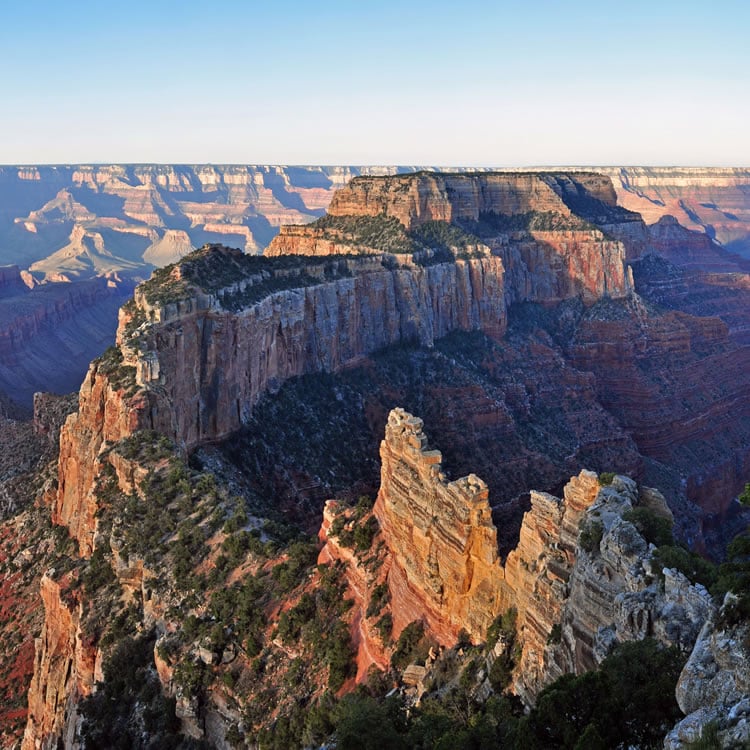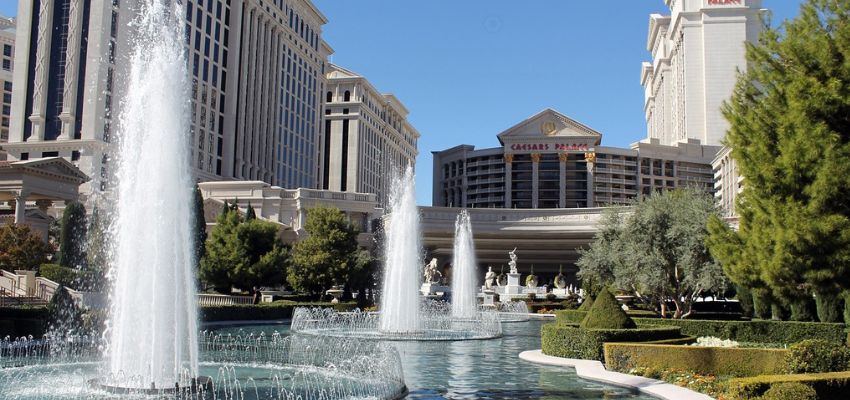Grand Canyon Preservation – How You Can Help Protect the Grand Canyon
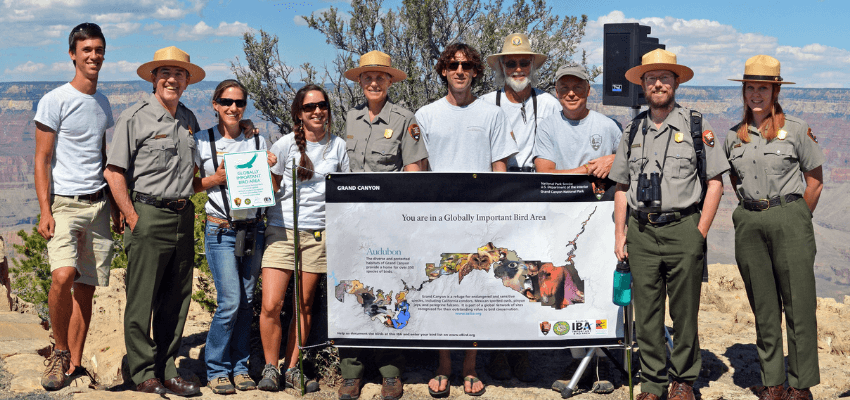
The Grand Canyon is more than just a destination for tourists—it’s a vital part of the southwest landscape, home to thousands of species of plants and animals, dozens of cultural groups, and of course, seemingly endless views and vistas.
From its geological marvels to its profound cultural heritage and its rich ecosystems, the Grand Canyon’s importance resonates on multiple levels, shaping our understanding of the past, informing our present, and inspiring our collective commitment to conservation.
Protecting this unique desert canyon and its inhabitants is vital, and the devoted Grand Canyon preservation partners deserve recognition for their continuing efforts to maintain the Grand Canyon as a safe, sustainable ecosystem.
Canyon Tours wants to thank three organizations for their ceaseless efforts to preserve the Grand Canyon:
- Grand Canyon Conservancy (previously the Grand Canyon Association)
- The Grand Canyon Trust
- The Sierra Club’s Grand Canyon chapter
In this post, we’ll take a closer look at each of these Grand Canyon preservation partners, what they do, and how you can get involved.
But first, let’s take a moment to remember why the Grand Canyon is so important.
Why is the Grand Canyon Important?
The Grand Canyon is important geologically, culturally, and ecologically.
Geologically, the Grand Canyon is an incredible geological spectacle, and an invaluable resource and timeline of the Earth’s history—according to the NPS, “the horizontal layers of rock exposed in the canyon retrace a geological history of over two billion years”.
Culturally, the Grand Canyon is “more than simply a site to behold… [it] forms a rich cultural landscape that has been lived in, traveled through, and marveled at by various groups of people over time. Human activity in the Grand Canyon area dates as far back as the prehistoric era, when Paleo-Indian peoples inhabited the area nearly 12,000 years ago”. Archeologists have recorded over 4,300 archeological resources in the park, including archeological remains from the Paleo-Indian, Archaic, Basketmaker, Ancestral Puebloan (Kayenta and Virgin branches), Cohonina, Cerbat, Pai, Southern Paiute, Zuni, Hopi, Navajo, and Euro-American cultural groups.
Ecologically, the Grand Canyon is home to 5 major ecosystems: the mixed conifer forest, the ponderosa pine forest, the pinyon juniper woodland, the deserve scrub, and the river-edge (called the riparian). Over 450 species of birds, 91 species of mammals, 18 species of fish, 58 species of reptiles and amphibians, and over 1,700 plant species live throughout these ecosystems, including many species that are unique or endemic to the region.
Iconic geology, cultural history, and biodiversity—that’s a lot to protect!
Grand Canyon Preservation Partners
1. Grand Canyon Conservancy
The Grand Canyon Conservancy is the Canyon’s oldest conservation partner, and is the official non-profit partner of the Grand Canyon National Park. Originally founded in 1932 under the name The Grand Canyon National History Association, then later renamed the Grand Canyon Association in 1994, the Grand Canyon Conservancy as we know it today was established in 2018. The GCC operates all the retail shops and visitor centers located within the Park, and also runs a wide variety of educational classes, hikes, and other events.
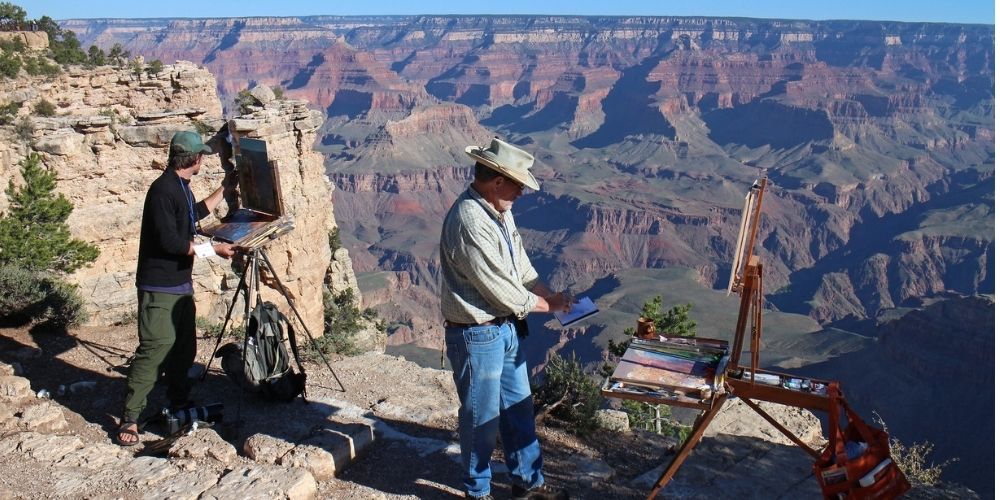
What does the Grand Canyon Conservancy do?
The Conservancy’s main goal is to protect and enhance the National Park using funds raised by the park stores and visitor centers. While the federal government supports the Park’s baseline operations and activities, the Conservancy is responsible for wildlife research, trail preservation, and educational programs.
In addition to promoting arts and culture through events like the annual Celebration of Art, The Grand Canyon Conservancy runs programs and educational events like guided tours, overnight backcountry treks, and other learning adventures through the Grand Canyon Field Institute.
How can you participate?
You can become a member of the Grand Canyon Conservancy for as little as $35 a year. Your membership includes:
- An official Grand Canyon Conservancy Member card
- Discounts in the park and online stores (on some truly incredible merch)
- Reciprocal discounts at other participating Public Lands Alliance stores around the country (over 400 nationwide!)
- Invitations to Members-only events and experiences
- Subscription to Canyon Views magazine
Canyon Tours is a member of the Grand Canyon Conservancy! Join us.
The Grand Canyon Trust
Established in 1985, the Grand Canyon Trust works to “safeguard the wonders of the Grand Canyon and the Colorado Plateau, while supporting the rights of its Native peoples.”
The GCT is dedicated to seeing:
- Wildness, the diversity of native plants and animals, clean air, and flowing rivers abound.
- Sovereign tribal nations thrive.
- A livable climate that endures.
- People passionately work to protect the region they love for future generations.
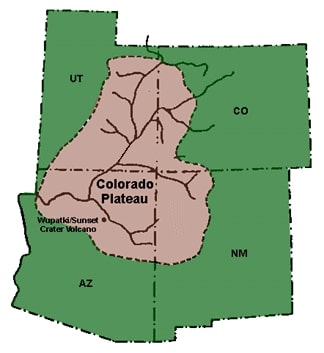
To achieve these goals, they are involved in myriad projects, including:
- Safeguarding the Colorado Plateau from destructive development and promoting renewable energy alternatives (such as preventing uranium mining and contamination)
- Improving the health of national forests in Utah and Arizona
- Caring for plants, animals, and waters on the Colorado Plateau
- Protecting tribal life ways and Indigenous knowledge across the Colorado Plateau through initiatives like supporting small businesses and Native entrepreneurs
- Advocating for national monuments in Utah and Arizona
- Protecting the Grand Canyon by working to stop uranium mining, preventing bad developments, and supporting alternative economies
After a coalition of Grand Canyon tribes called on President Joe Biden to create stronger protections for the Grand Canyon in 2023, the Biden administration created the Baaj Nwaavjo I’tah Kukveni—Ancestral Footprints of the Grand Canyon National Monument.
This will help reduce uranium mining near the Grand Canyon, although it’s still happening in some areas as existing mines were grandfathered in or are on private land unaffected by the monument protection.
Baaj Nwaavjo means “where Indigenous peoples roam” in Havasupai.
I’tah Kukveni means “our ancestral footprints” in Hopi.
How can you participate?
There are a number of ways for you to get involved with the Grand Canyon Trust.
- Become a Member: With an annual donation of $25 or more, you can become a member of the Grand Canyon Trust. You’ll receive two special magazines each year, as well as the opportunity to participate in members-only trips and events.
- Volunteer: Help the Trust restore habitats and wetlands, collect data to improve grazing practices, prevent the spread of invasive species, work in partnership with Native American tribes, or even participate in citizen training programs. Learn more about volunteering with Grand Canyon Trust.
- Events: Attend volunteer trips, film screenings, and public meetings. See a full list of events here.
- Advocacy: The Trust provides a free Advocacy Toolkit to help you learn how to write letters to your elected official, or even host a letter writing party or write a blog post or op-ed.
The Sierra Club, Grand Canyon Chapter
Formed in 1965, the Sierra Club is one of the oldest and most influential grassroots environmental organizations in the United States. The Club’s Grand Canyon chapter was initially formed to prevent the building of dams inside the Grand Canyon, but it has expanded its goals to protect a wide range of Canyon assets, including parks, forests, wildlife and wildlife refuges, rivers, and streams.
The Grand Canyon chapter has several key priorities:
- Border: Protect Arizona’s sensitive borderlands and wildlife
- Energy: Promote energy efficiency and the production and use of renewable energy
- Grand Canyon: Restore and protect the Grand Canyon & the greater Grand Canyon ecoregion.
- Public Lands: Protect Arizona’s public lands including parks, wildlife refuges and monuments.
- Water: Protect Arizona’s water resources and disappearing riparian areas.
- Wildlife: Protect Arizona’s native wildlife with special emphasis on sensitive, threatened and endangered species.
How can you participate?
You can become a member of the Sierra Club’s Grand Canyon chapter for as little as $15. You can also attend any of the chapter’s events, including hikes, committee meetings, activism events like Environmental Day at the Capitol, and social events like film screenings and picnics.
The Sierra Club is also one of the only voices for environmental protection at the Arizona Capitol. Join their legislative program and you’ll receive weekly updates and have the chance to participate in citizen lobby workshops.
Preserving the Grand Canyon
The Grand Canyon is an important historical, natural, and geological site worth protecting. With increasing pressure from developers, climate change, and visitors, the Grand Canyon would look very different without the dedicated efforts of these conservation groups. Thanks to these Grand Canyon preservation partners, we’re able to help share the power and beauty of the Grand Canyon with millions of visitors each year.
Featured Image Source: Grand Canyon National Park via Flickr.
Last Updated: April 2024

